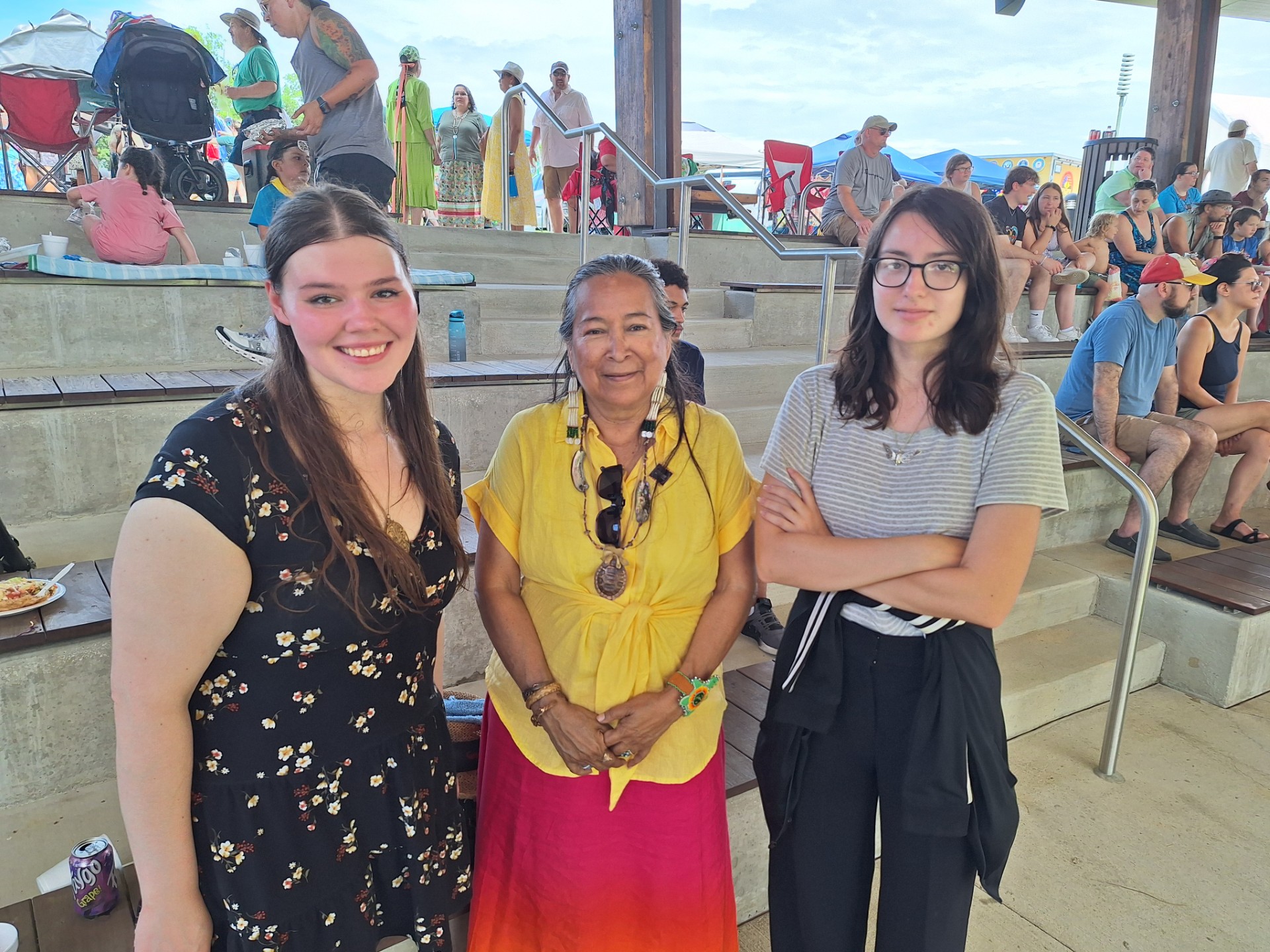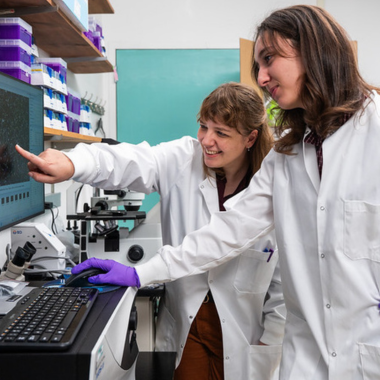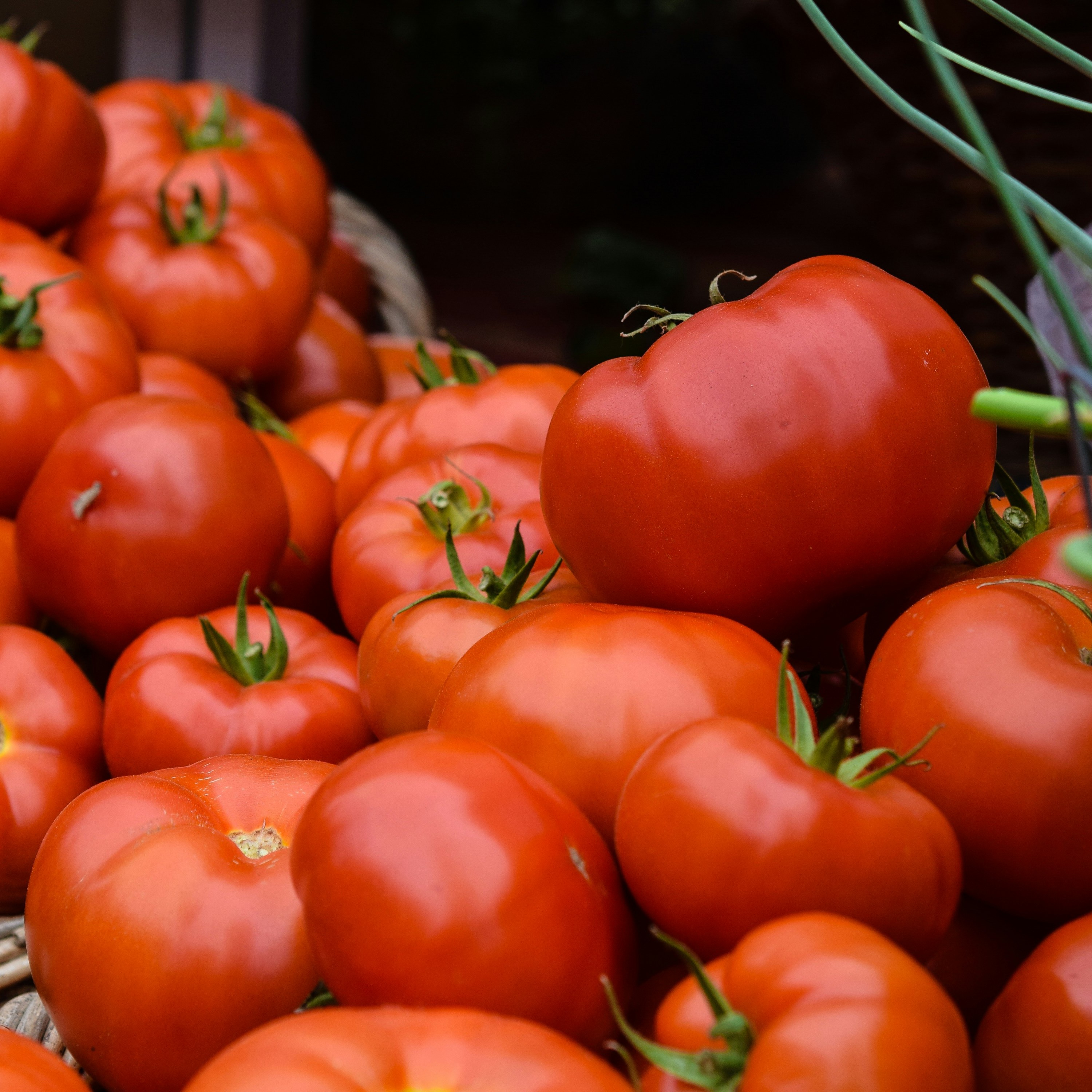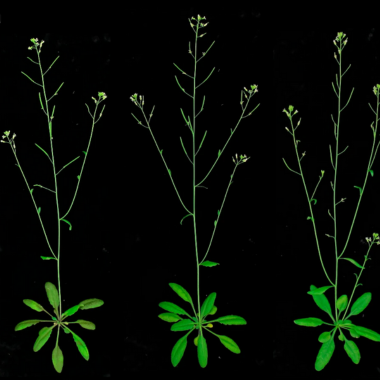Summer science program ‘builds bridges’ between MSU, Native American students
In Michigan State University’s bustling STEM Teaching and Learning Facility, student Carrie Gregg fields questions on cutting-edge science that can increase biofuel production.
One floor up, Trevor Moran discusses how blocking opioid receptors impacts pain-related proteins, while Rachel Passage shares work on the characterization of bacterial viruses.
In addition to being a part of the hundreds-strong community of undergraduate researchers who presented during this year’s Mid-Michigan Symposium for Undergraduate Research Experiences, or Mid-SURE, the three young scientists shared something else in common.
Each arrived on MSU’s campus through Building Bridges, a summer program tailored to members of the Sault Ste. Marie Tribe of Chippewa Indians, the Bay Mills Indian Community, and other federally registered tribes.

Now in its second year, Building Bridges offers Native American students interested in STEM careers a hands-on research experience with a unique focus on professionalization.
Supported by a summer stipend and housing allowance, the participants spend ten weeks at MSU working side-by-side with faculty, graduate students, and post docs, honing their scientific knowledge and laboratory techniques. This research ultimately culminates in a public presentation at Mid-SURE.
“MSU proclaims in its Mission Statement that as the Founding Land Grant Institution, it has a particular responsibility ‘to take steps to forge authentic connection and collaboration with Native American and Indigenous communities,’” said David Arnosti, who founded and currently leads the program.
“To meet this goal, Building Bridges engages and prepares STEM leaders for the future. These students are able to educate the wider community about the rich cultural resources of our Native American communities,” Arnosti added, who is a professor in the College of Natural Science’s Department of Biochemistry and Molecular Biology, or BMB.
To create Building Bridges in 2022, Arnosti worked with two MSU graduate students from the Sault Ste. Marie Tribe of Chippewa Indians, Heather Murdoch and Katie Thompson.
Nationally, the representation of Native Americans in STEM disciplines is very low, and the three realized MSU had a unique opportunity to facilitate the education of promising students in these areas.
A key aspect of the program is building a support network for students early in their scientific careers, providing peer support in navigating the sometimes-challenging landscape of higher education.
As Murdoch often shares with fellow students, her personal goal was to build the community of Native American scholars at MSU so that STEM majors can find a “home away from home,” with people who have similar lifetime experiences and cultural connections.

“This program helped highlight the importance of collaboration and allowed me to foster a sense of teamwork with other students who were just as excited to learn as I was,” Gregg said, who this summer joined the laboratory of Michaela TerAvest, an associate professor in BMB.
During their stay on campus, students continually engage with diverse scientific, professional, and cultural communities. Alongside taking part in world-changing research, students also learn how to best prepare for graduate school while connecting with MSU’s Native American community.
“I was able to attend the Sweet Grass Powwow with other members of the Building Bridges program, which allowed me to reconnect with my Native American heritage and build lasting friendships,” Gregg added.
“The supportive community at MSU gave me a sense of belonging, which made this experience not only transformative, but memorable.”
This past summer, students had the opportunity to meet Native American MSU faculty including professor Danielle Gartner, an epidemiologist studying health disparities in indigenous communities, and professor Wenona Singel, Director of the Indigenous Law & Policy Center at the MSU College of Law.
Last year, when MSU hosted the Phytochemical Society of North America’s annual conference, Building Bridges students also connected with Dr. Desgagné-Penix, a leading First Nation phytochemist from the University of Quebec.
This conversation explored the historic body of indigenous knowledge surrounding botanicals.

“I gained a lot of invaluable experience learning lab techniques, collaborating with lab members, and presenting my findings, all of which I believe will be of great use as I continue my academic journey,” Moran said, who studied with Geoffroy Laumet, an assistant professor in the Department of Physiology.
“I was also able to network with professors and other Native American students in STEM-related fields who I have established good connections with.”
Building Bridges is supported by contributions from the MSU Graduate School, the College of Human Medicine, the College of Osteopathic Medicine, the Office of the Vice President for Research and Graduate Studies, the College of Natural Science, and core departments and programs of the Biomolecular Sciences umbrella program.
With the conclusion of a second successful summer experience for the students, Arnosti is currently working to obtain federal support to expand the reach of this program.
Applications for summer 2025 will be accepted starting in January, with more information available at the Building Bridges program website.



